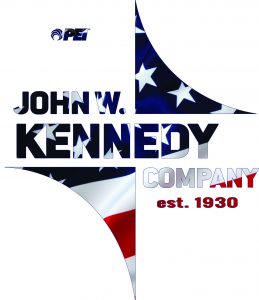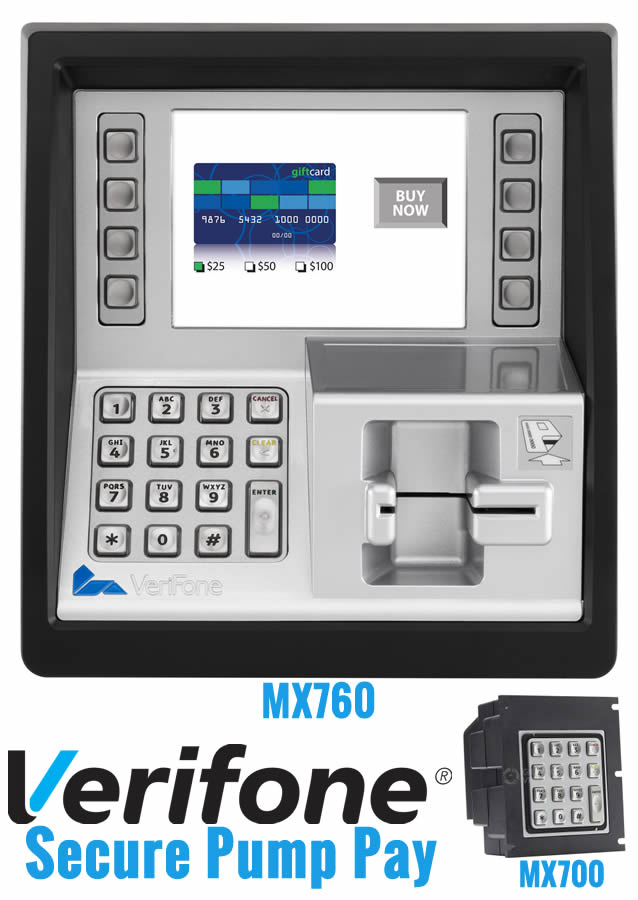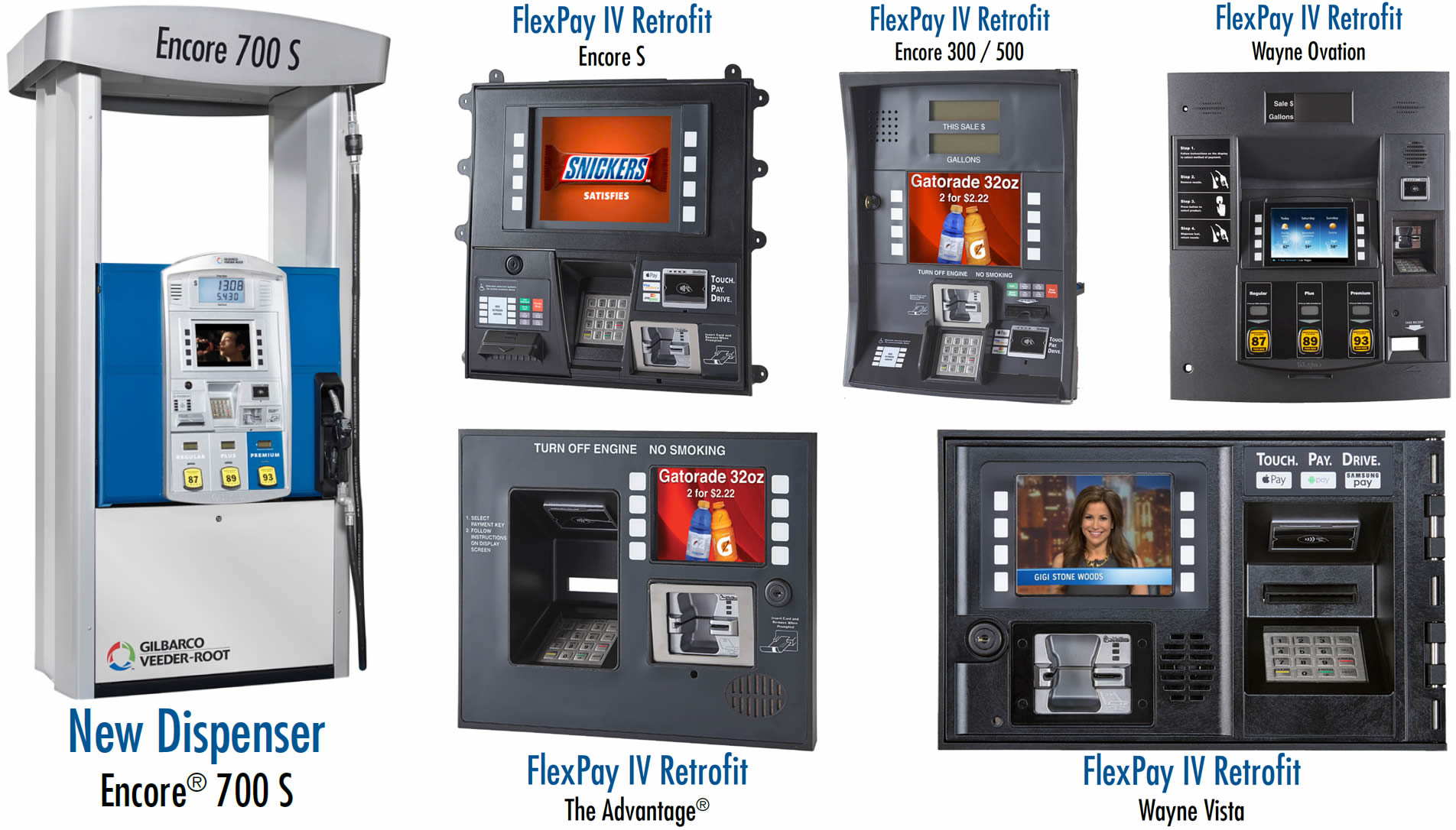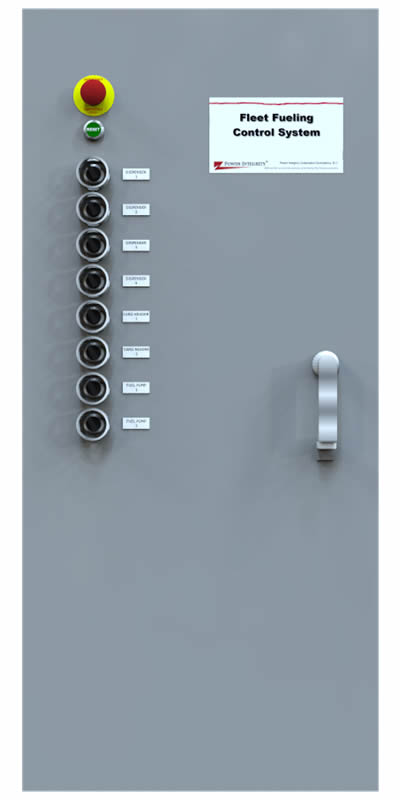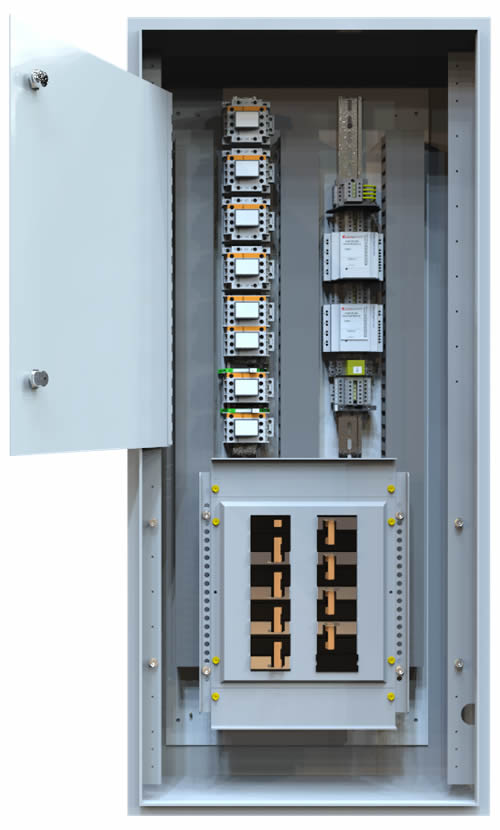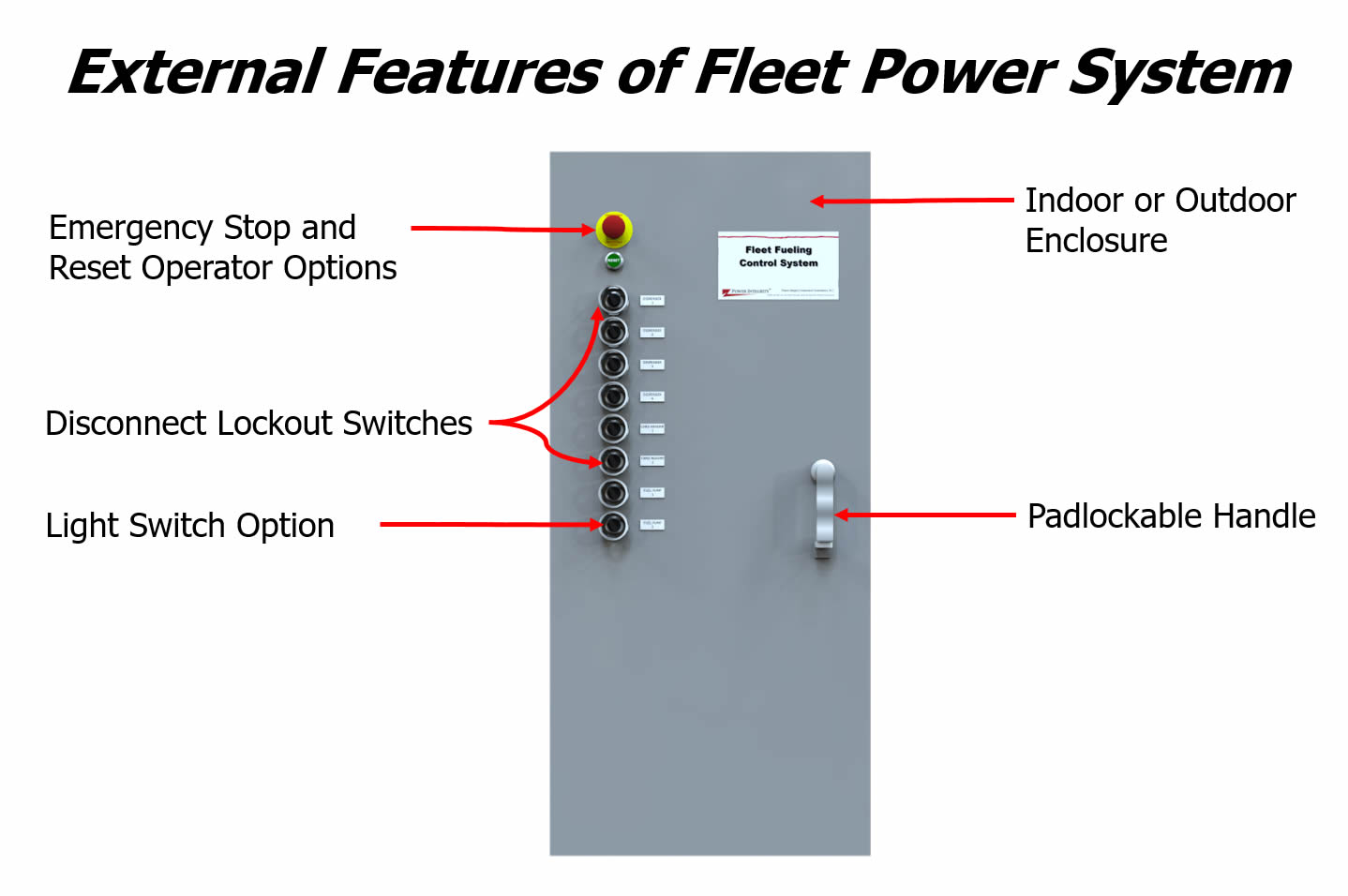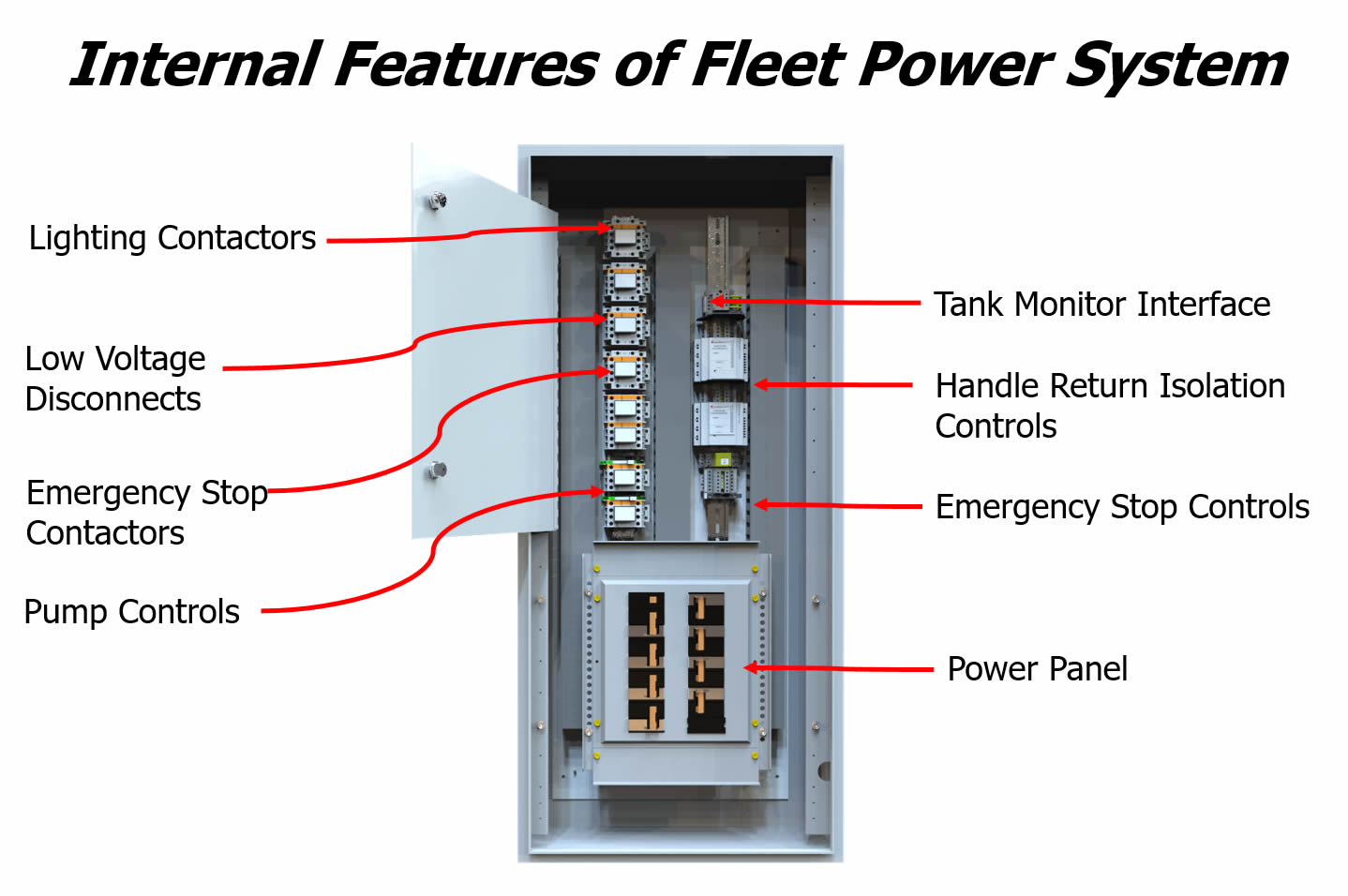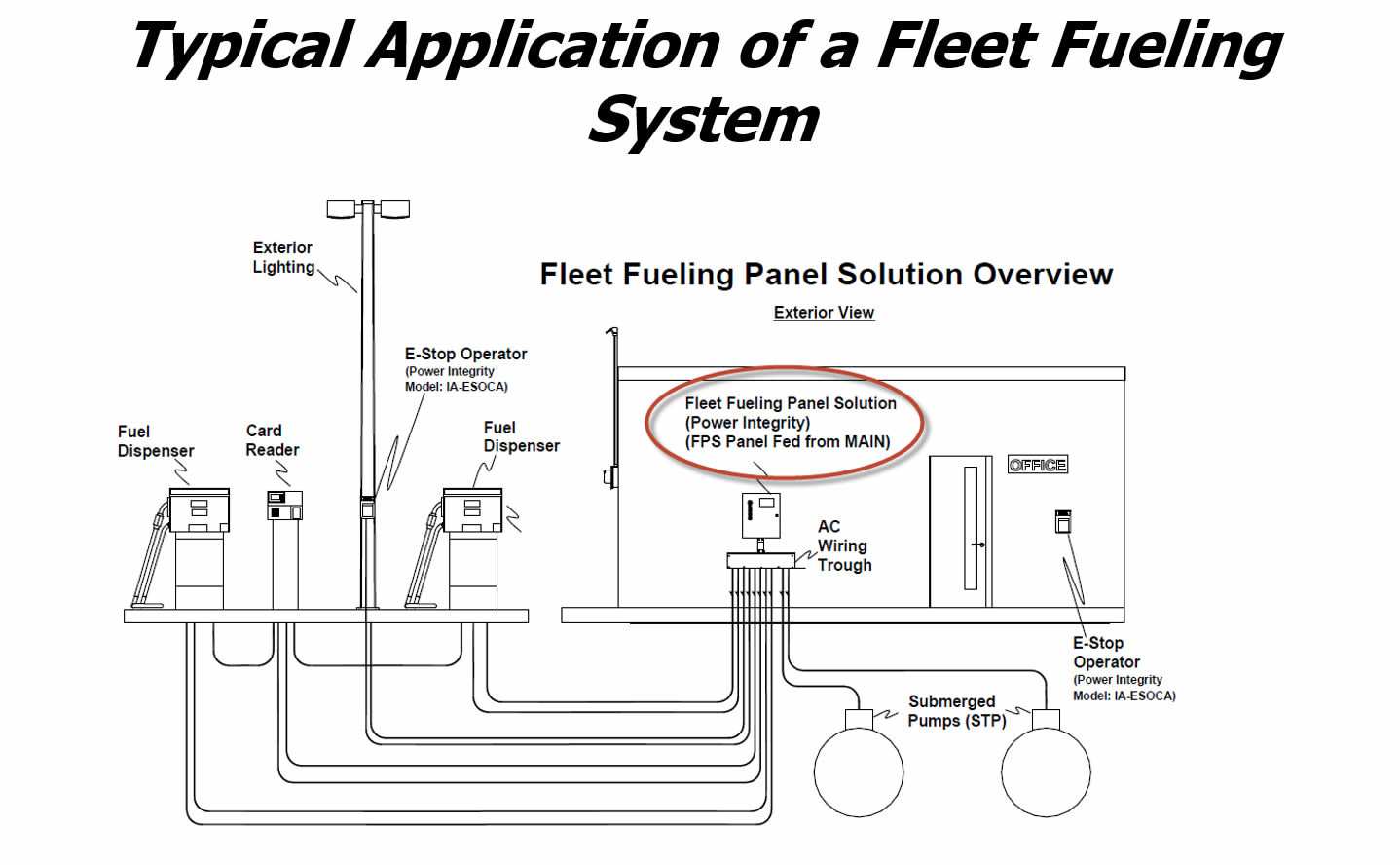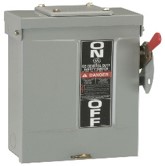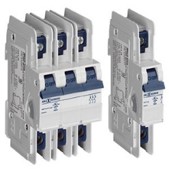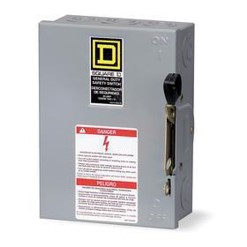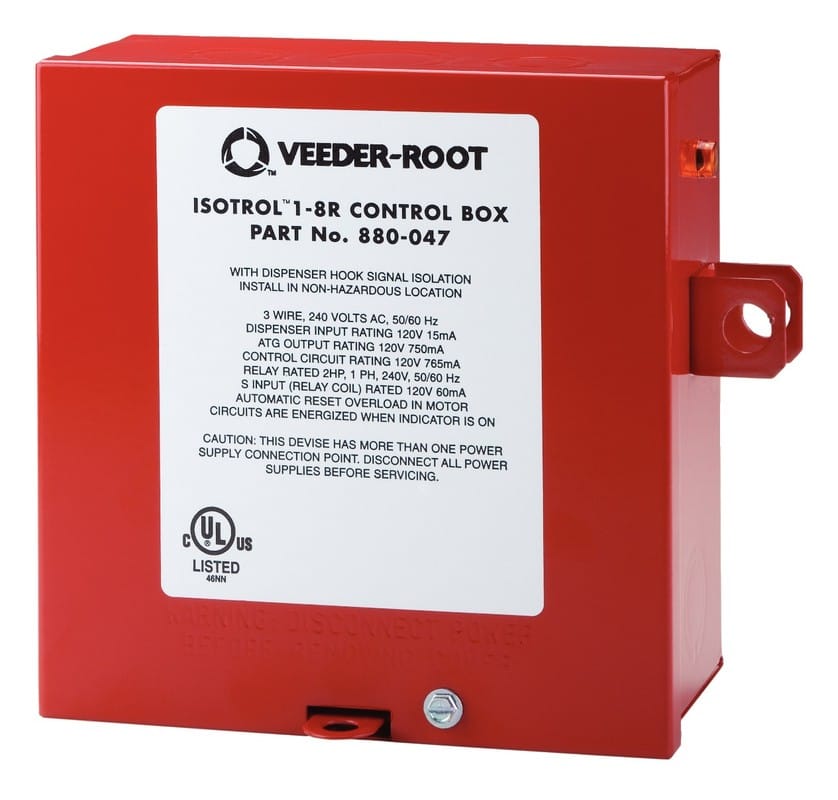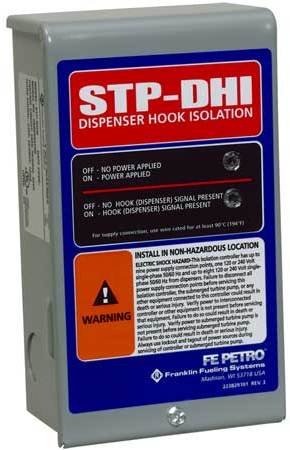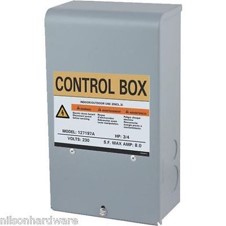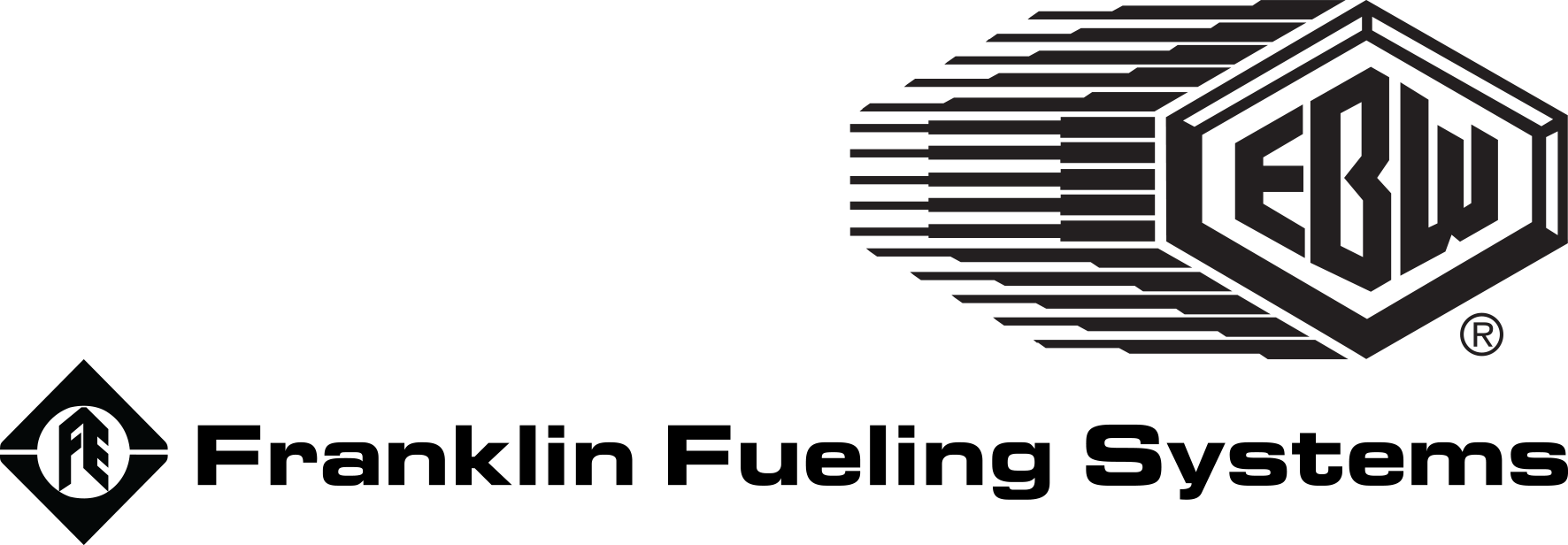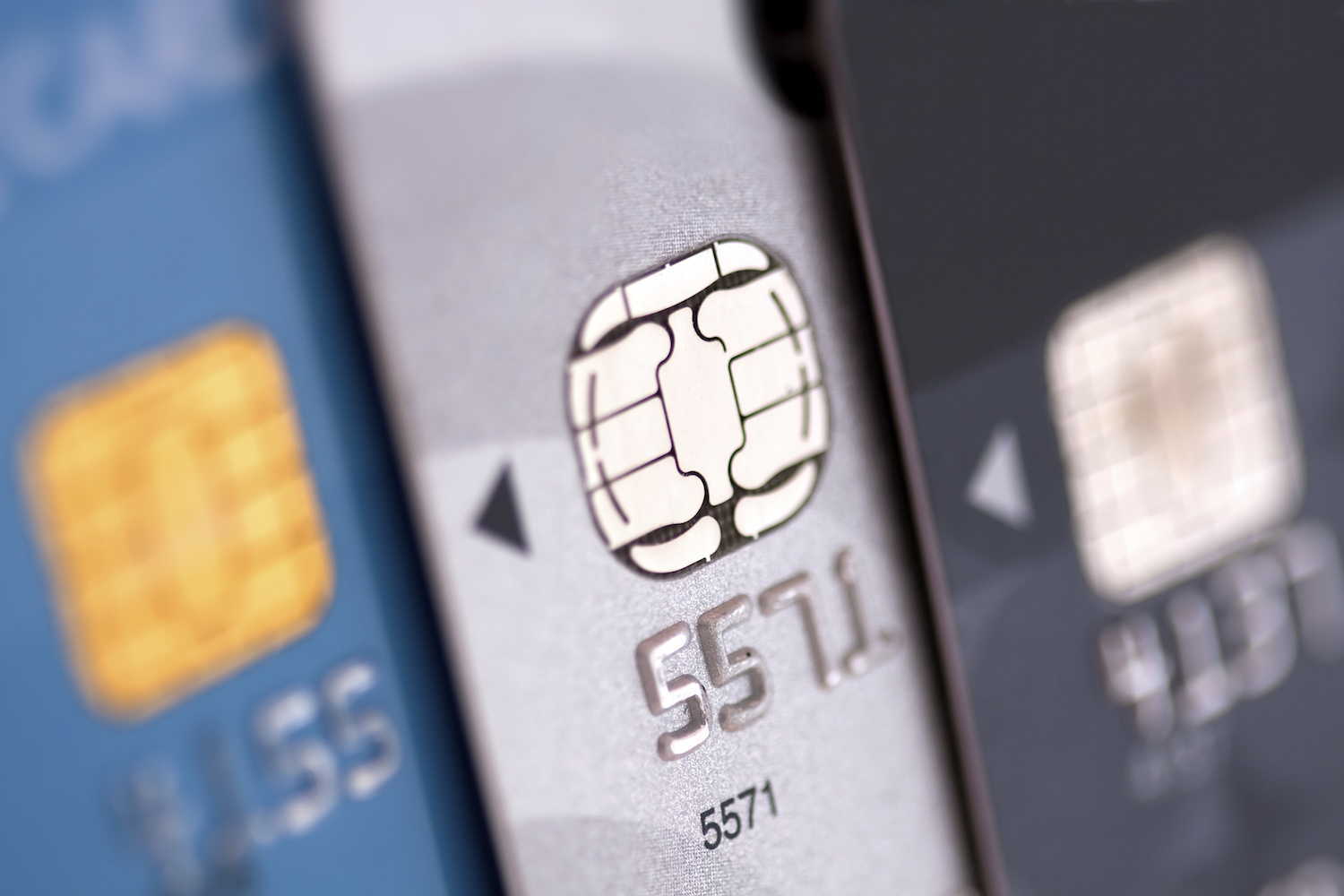VASC Field Service Bulletin
 OVERVIEW
OVERVIEW
Verifone announced in August 2014 that they entered an agreement with Gilbarco such that Gilbarco would become the integrator, distributor and service provider for all Verifone’s forecourt payment systems. Any pre-partnership commitments and agreements would continue to be honored in respect to Verifone’s Paymedia (Secure Pump Pay program).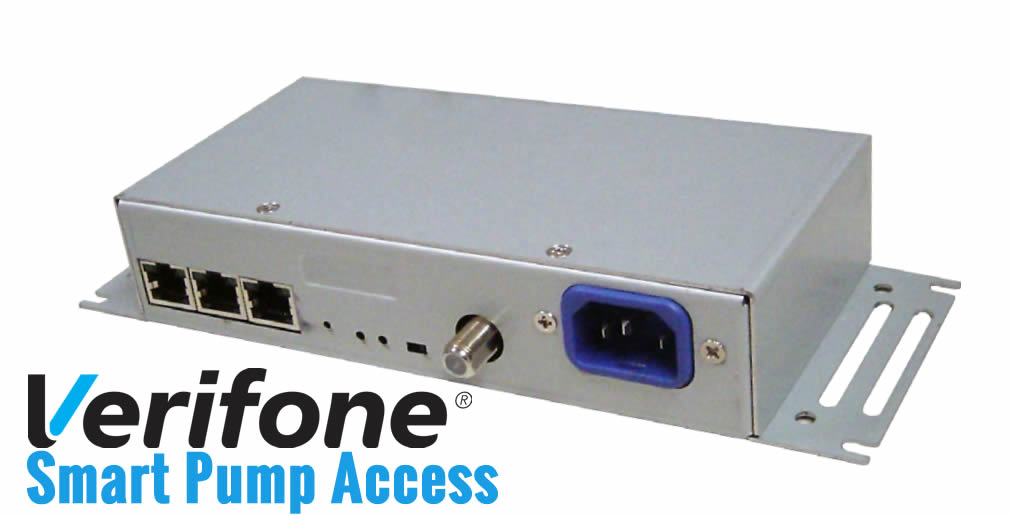
During this time, Verifone’s new strategy with Gilbarco would be to continue to collaborate and engineer products sold under the Gilbarco sales channel. The current product is known as Flexpay IV and is exclusively available from Gilbarco for use with their model dispensers and retrofit kits.
Verifone stopped producing its Secure Pump Pay product line in July 2016 and existing inventory on- hand was used to fulfill existing contractual commitments. Beginning September 30th, 2019 only clients who are under existing contracts will receive support and repair from Verifone for their SPP devices. This includes the
Secure Pump Access (SPA) device.
Verifone’s mission is to deliver high-quality payment solutions based on powerful new technologies that lower your cost of ownership and enhance the efficiency of your operations. Verifone looks forward to helping you meet outdoor EMV and other increasingly complex regulatory, compliance and security requirements.
COMPLIANCE INFORMATION
Visa’s U.S. deadline for EMV for dispensers is currently set at October 1, 2020. Additionally, the Verifone SPP is certified either to the PCI 1.x or 2.x standard and both have now been succeeded by versions 3, 4, and 5. SPP PCI 1.x devices should be replaced as soon as feasible because of possible vulnerability based on the age of the device. These are primary reasons Verifone has been forced to phase out repair services for the SPP.
Learn more about Gilbarco’s FlexPay IV by click here or on the image below.
WHAT DO I NEED TO DO?
You can contact us at 1.800.238.1225 to obtain a compatible solution to replace SPP equipment and choose a compatible EMV-enabled product. Please do not hesitate to contact us with any questions or equipment needs to meet EMV requirements as well as any of your other refueling equipment needs.
And please visit our online store where we have thousands of products ready to ship the same day (for orders received prior to 3PM Eastern Time) and what you can’t find, please call us at 1.800.238.1225 as we have access tens of thousands of products from hundreds of vendors.
The John W. Kennedy Company appreciates your business and continued support!
